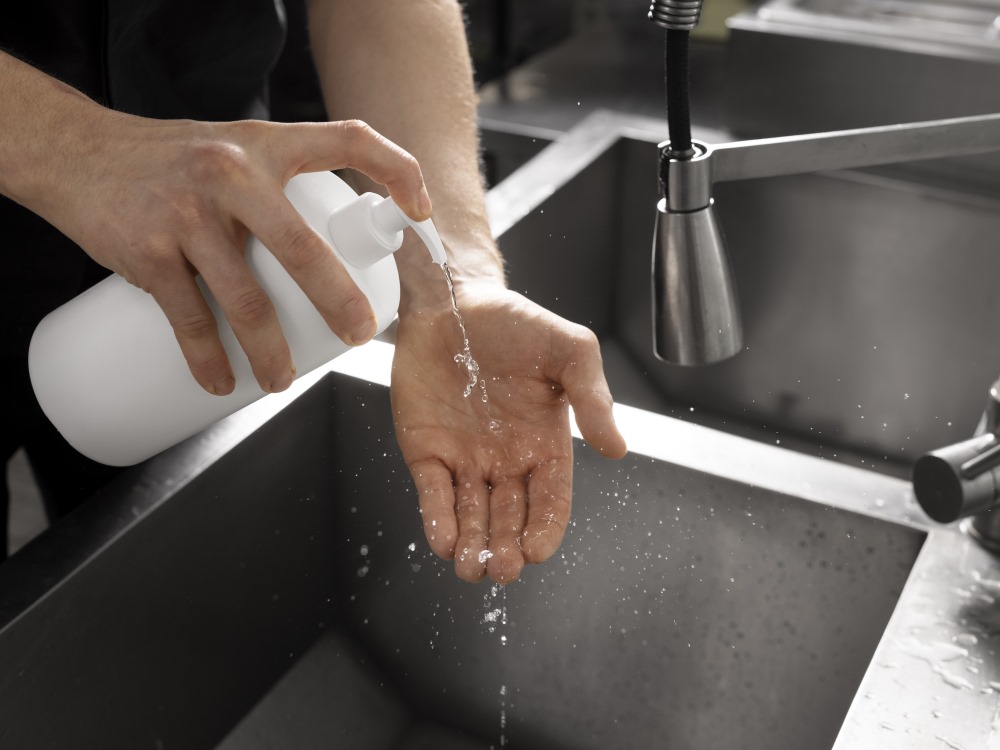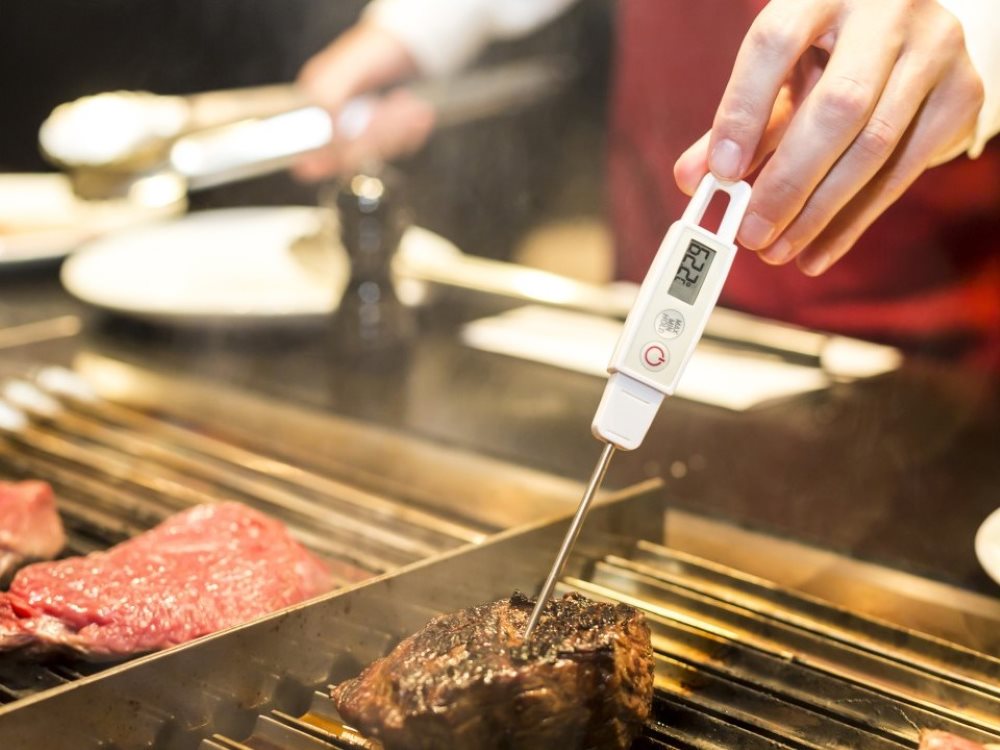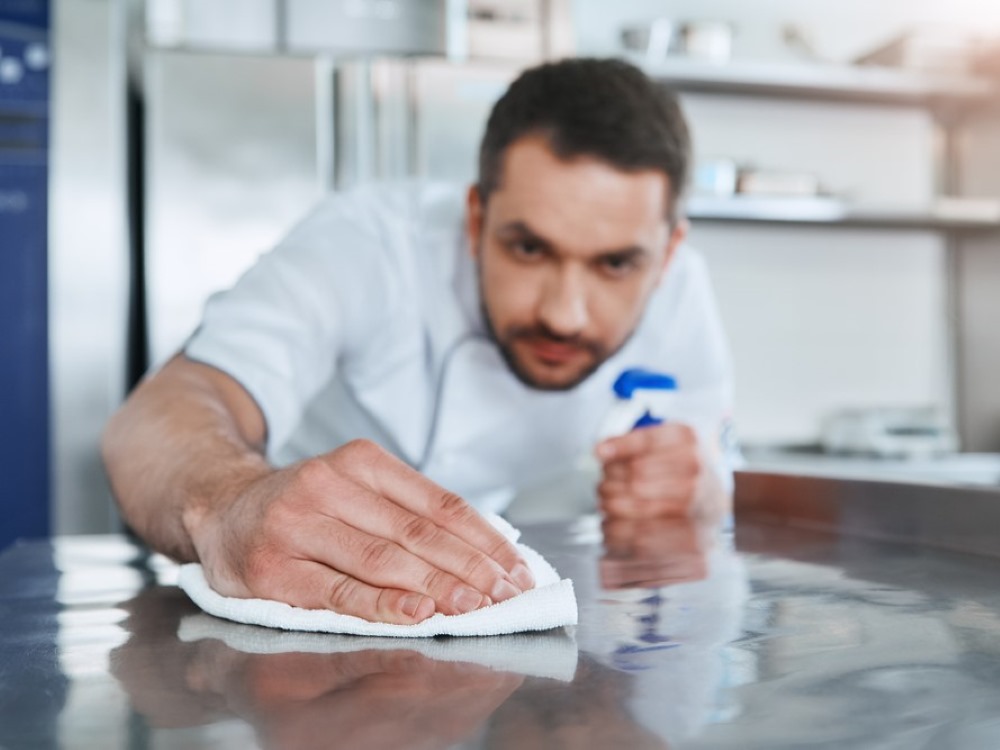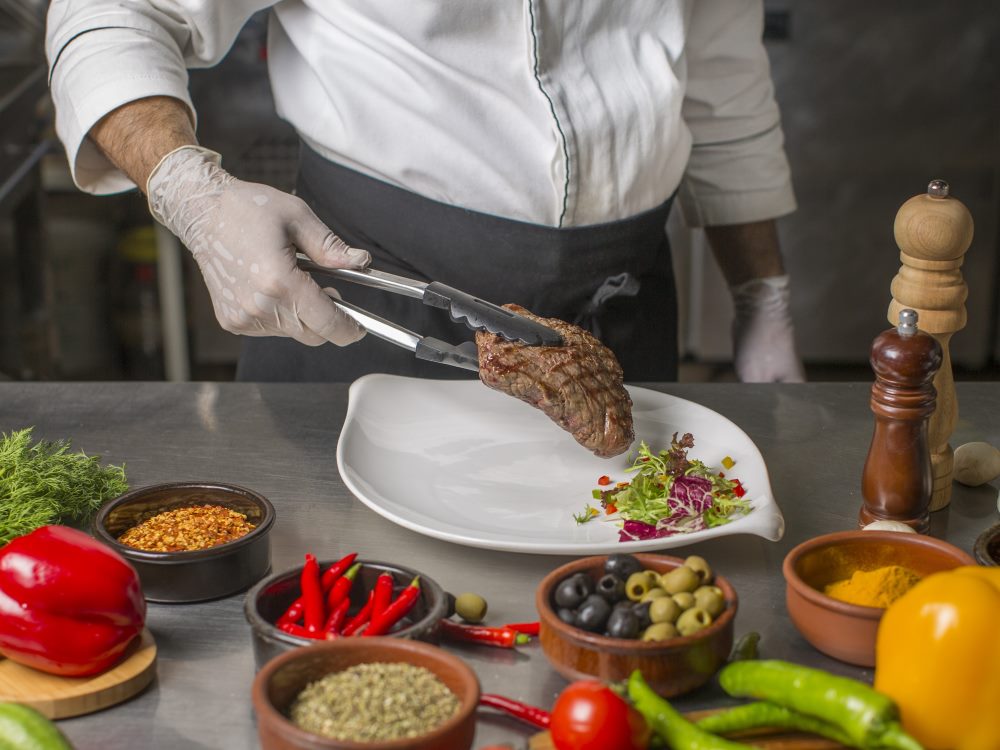Certainly, making delicious food is only half the battle of managing a professional kitchen. Protecting your clients and your business depends on maintaining high standards of food safety. A lot needs to be remembered, including the correct hygiene practices and the temperatures at which food is considered safe to be handled. To keep your kitchen clean, safe, and organized, let’s go over some basic rules.
How to Prevent Poor Food Safety
The best way to prevent poor food safety is through training and awareness. Everyone in the kitchen, from chefs to servers, should know the basics of food safety. Regular training makes sure everyone is on the same page about the risks and how to avoid them.
Key Tips to Prevent Food Safety Issues
- Handwashing: Encourage frequent handwashing with soap and water. It’s one of the simplest ways to prevent the spread of foodborne illnesses.
- Clean Surfaces: Keep all surfaces, especially stainless steel tables, clean and sanitized. Dirty surfaces can quickly spread bacteria.
- Proper Storage: Store food at the correct temperatures and always keep raw and cooked foods separate to avoid cross-contamination.

Understanding Food Safety Temperatures
It’s critical to maintain food at the proper temperature to prevent the growth of dangerous microorganisms. It can make a big difference between serving a safe dinner and running the risk of contracting a foodborne illness to know the proper food safety temperatures.
Safe Temperature Guidelines
- Cold Foods: Should be kept at or below 40°F (4°C).
- Hot Foods: Should be kept at or above 140°F (60°C).
- Danger Zone: Bacteria thrive between 40°F and 140°F. Do your best to keep food out of this temperature range.
Use a food thermometer to ensure all dishes are prepared and stored at the right temperatures. This simple tool can help you avoid the risks that come with improper temperature control.

The Importance of Stainless Steel Tables in Food Safety
Stainless steel tables are a must-have in commercial kitchens. They’re tough, easy to clean, and don’t hold onto bacteria. But like anything, they need to be properly cared for to stay effective in promoting food safety.
Tips for Using Stainless Steel Tables
- Regular Cleaning: Wipe down stainless steel tables after every use with a food-safe disinfectant.
- Avoid Scratches: Scratches can trap bacteria, so always use cutting boards instead of cutting directly on the table.
- Daily Sanitization: At the end of each day, thoroughly sanitize all tables to ensure a clean workspace for the next day.

Best Practices for Consistent Food Safety
Consistency is key when it comes to maintaining high food safety standards. Sticking to best practices ensures your kitchen runs safely and efficiently.
Best Practices to Follow
- Regular Training: Hold training sessions regularly to keep food safety top of mind for your team.
- Monitor Storage Areas: Regularly check that refrigerators and freezers are set to the correct temperatures.
- Label Everything: Clearly label all food items with dates to make sure nothing gets used past its prime.
Conclusion
In a commercial kitchen, ensuring food safety goes beyond simply following regulations to include fostering a culture where safety is the top concern. You are safeguarding your clients as well as your company by being aware of and adhering to the appropriate food safety temperature ranges, maintaining clean stainless steel tables, and stopping improper food safety procedures. When it comes to safety, there are no short cuts allowed in the kitchen. Keep your kitchen humming like a well-oiled machine by being watchful and tidy.
